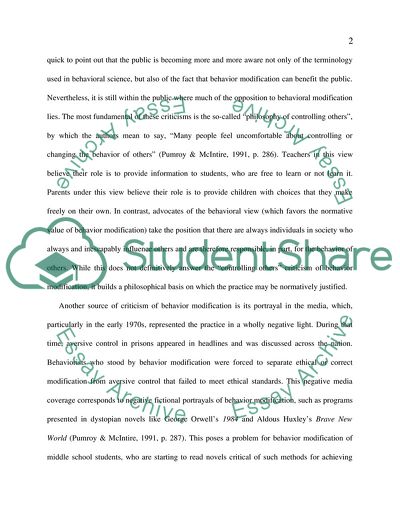Cite this document
(Behavior Modification in Education Research Paper, n.d.)
Behavior Modification in Education Research Paper. https://studentshare.org/education/1739757-behavior-modification
Behavior Modification in Education Research Paper. https://studentshare.org/education/1739757-behavior-modification
(Behavior Modification in Education Research Paper)
Behavior Modification in Education Research Paper. https://studentshare.org/education/1739757-behavior-modification.
Behavior Modification in Education Research Paper. https://studentshare.org/education/1739757-behavior-modification.
“Behavior Modification in Education Research Paper”. https://studentshare.org/education/1739757-behavior-modification.


